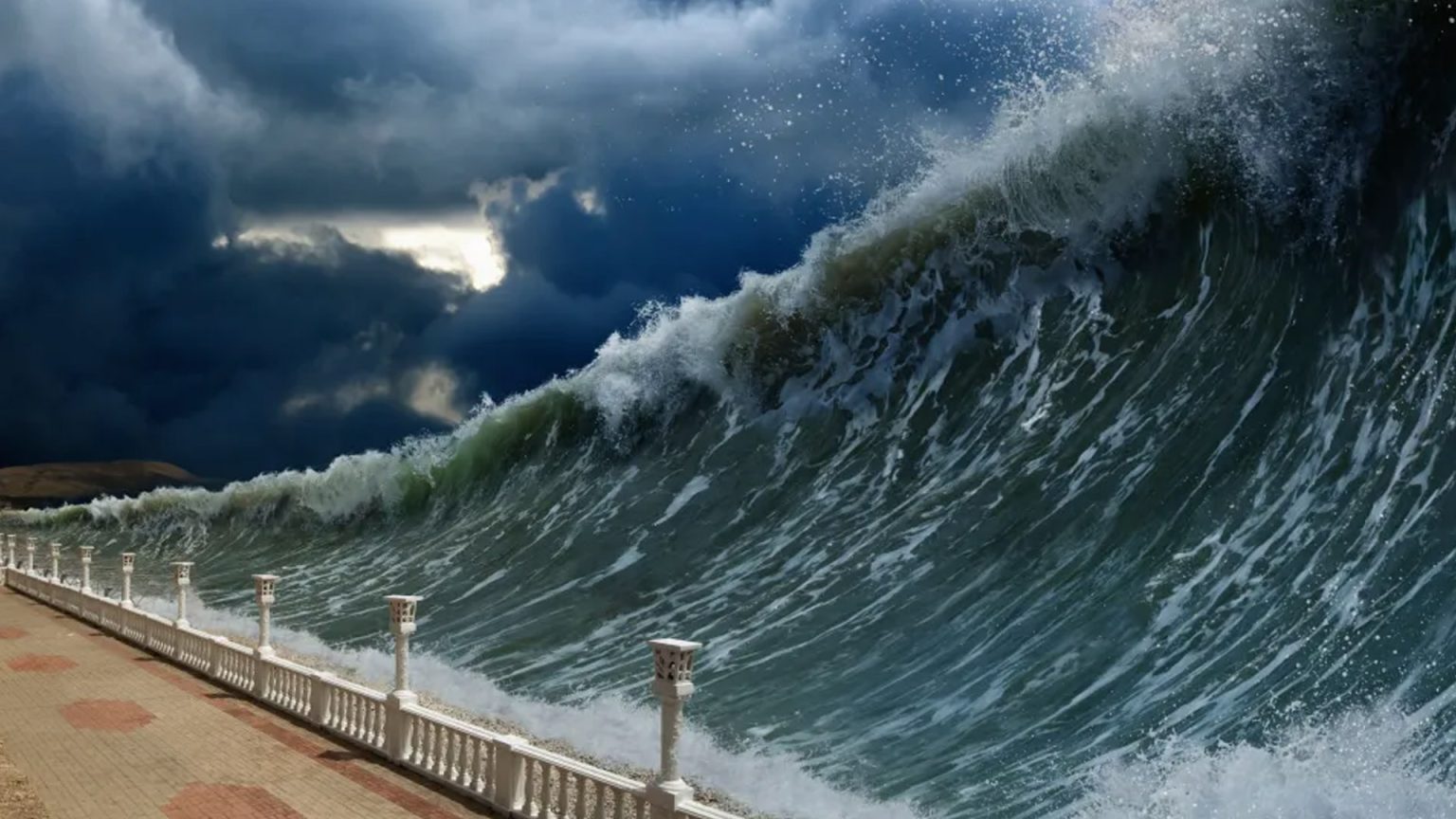Britain, though not typically associated with tsunamis, has a history of encounters with these destructive waves. While some potential tsunami events remain unconfirmed, substantial evidence points to several significant instances that have impacted the island’s shores.
The most dramatic tsunami in British history occurred around 6100 BC, devastating the east coast of Scotland and the Shetland Islands. Triggered by the Storegga Slides, a series of colossal underwater landslides off the Norwegian continental shelf, this tsunami generated waves estimated at 70 feet high. The impact was widespread, affecting 370 miles of Scottish coastline and reaching up to 18 miles inland. The sheer scale of this ancient tsunami suggests that a similar event today would cause catastrophic flooding and widespread damage to coastal communities like Aberdeen and Inverness. The tsunami’s effects likely extended to Doggerland, a now-submerged landmass that once connected Britain to mainland Europe, further highlighting the widespread devastation caused by this event.
Centuries later, in 1755, a tsunami generated by the devastating Lisbon earthquake reached the Cornish coast. This 10-foot wave arrived after a four-hour journey across the Atlantic, serving as a stark reminder of the interconnectedness of seemingly distant geographical locations. While significantly smaller than the Storegga event, the 1755 tsunami still impacted coastal communities, with reports of rapidly rising sea levels in locations such as St Michael’s Mount, Penzance, and St Ives. The tsunami’s effects were also felt along the south coast of England, the Thames estuary, and even as far north as Pembrokeshire in Wales. This event, though secondary to the devastation in Lisbon, underscored the far-reaching consequences of major seismic activity.
Just six years later, in 1761, another Lisbon earthquake, also felt across Western Europe and Morocco, triggered a second tsunami that impacted Cornwall. This event, with waves reaching up to six feet, again affected Mount’s Bay, Penzance, and the Isles of Scilly. The repeated occurrence of tsunamis originating from Lisbon within a short period highlights the vulnerability of coastal regions to distant seismic events. The recurring nature of these events likely had a significant impact on the coastal communities affected, emphasizing the ongoing threat posed by tsunamis even in regions not directly located on major fault lines.
Moving into the 20th century, a different type of tsunami, known as a meteotsunami, struck the south coast of England in 1929. Meteotsunamis are caused by rapid changes in atmospheric pressure, rather than seismic activity. In this instance, a line of thunderstorms moving across the English Channel generated waves estimated between 11 and 20 feet high. Popular tourist destinations like Brighton, Folkestone, Hastings, and Worthing bore the brunt of this unusual event, highlighting the potential for meteotsunamis to impact populated coastal areas. The 1929 event showcased the diverse range of phenomena capable of generating tsunamis and the need for awareness and preparedness beyond traditional earthquake-induced events.
More recently, a smaller meteotsunami occurred in the English Channel in 2011, affecting areas from Cornwall to Hampshire. With a peak wave anomaly of 16 inches, this event was relatively mild. The absence of any recorded earthquakes at the time led experts to conclude the event was meteotsunami-related. This event reinforces the relatively frequent occurrence of meteotsunamis and the importance of understanding their potential impact, even if they are often less destructive than seismically generated tsunamis.
These historical events underscore the fact that Britain, despite not being located in a traditionally tsunami-prone region, is susceptible to these powerful waves. From ancient, catastrophic events to more recent, smaller-scale occurrences, the historical record demonstrates the diverse range of tsunami causes and the potential for significant impact on coastal communities. This history highlights the importance of ongoing research, monitoring, and preparedness measures to mitigate the risk posed by future tsunami events. Understanding the diverse mechanisms that can cause tsunamis, including both seismic and meteorological factors, is crucial for developing effective coastal protection strategies and ensuring public safety in vulnerable regions.











